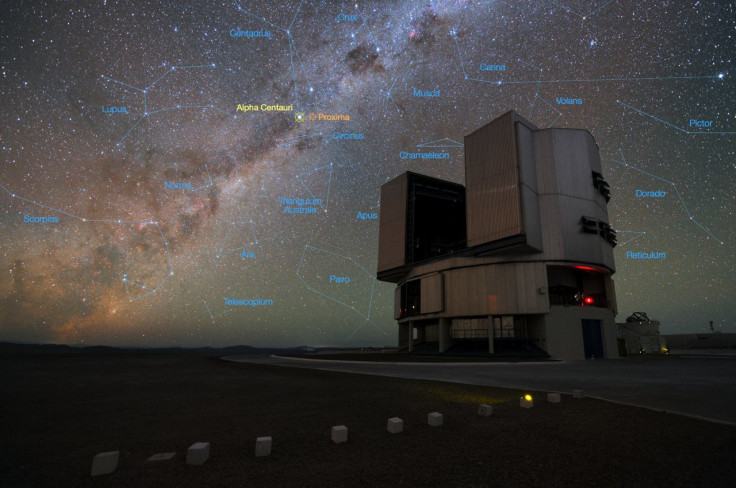Nasa wants to explore Alpha Centauri for alien life, but doesn't know how to get there just yet
Proxima Centauri, the star that Nasa wants to get to, is only 4.3 light years away from us.

Nasa is working on a tentative plan to travel to Alpha Centauri within this century. The outline involves a spacecraft that can achieve 10% of the speed of light and be ready for flight by 2069 - the 100th anniversary of Apollo 11.
The yet-to-be-named project will need technology that does not yet exist, but Nasa's Jet Propulsion Laboratory (JPL) might just be able to pull it off in time. "It's very nebulous," says Anthony Freeman at JPL, who presented the mission concept at the 2017 American Geophysical Union (AGU) conference in New Orleans, Louisiana, last week.
In a report released by the AGU, the mission was broken down into six phases: accelerate out of our Solar System, survive cruise to Proxima Centauri, decelerate on approach, adjust trajectory for close encounter, acquire data, and return information to Earth.
The interstellar mission, while targeted toward the Alpha Centauri star system, is looking at the star Proxima Centauri first as it is the closest.
As for what exactly the mission will collect, the abstract states: "Images, spectral signatures from the surface, detailed atmospheric composition, a moon count, the magnetosphere characteristics... will only be of interest if we have not been able to discern this information remotely, i e observing from our own solar system during the 40 years it takes to arrive at the destination."
The Nasa plan is the result of a 2016 funding bill that mandated the space agency to research interstellar travel, according to a report by New Scientist, quoted by BGR. The bill also describes spacecraft technology that can reach 10% light speed.
At only 4.3 light years away from Earth, Alpha Centauri is practically a next door neighbour to the Solar System and it consists of three stars, Alpha Centauri A, B, and Proxima Centauri– the nearest star. If Nasa, or any space agency is able to achieve the 10% of the speed of light target, it is possible to reach Alpha Centauri in just 44 years, notes the report.
The fastest spacecraft ever built, the Helios probes, can reach 250,000kmph (the speed of light is 1079252848.8kmph) and at that speed, it will take 18,000 years to get to Alpha Centauri. The star system, which is around 4.3 light years from earth, translates to over 40 trillion in kilometres, for scale.
While there is only one confirmed planet in that star system and evidence of other planets is still being studied, the best way to explore a place is to actually visit it and observe first hand, notes the report.
Nasa can be expected to face several roadblocks in the mission, but the biggest one yet is actually getting to Alpha Centauri. The first human-made spaceship to leave the solar system – the Voyager 1 - is currently hurtling towards the unknown at speeds of over 38,000mph and has been continually flying for 37 years now. The speed that Voyager is at right now is less than one percent of one percent the speed of light.
A Daily Mail report notes that the mission's primary goal will be to find out if there is any life in the star system. The probe will look for artificial structures, sources of lights going on and off, as well as any land modification that could have been carried out by intelligent life.






















